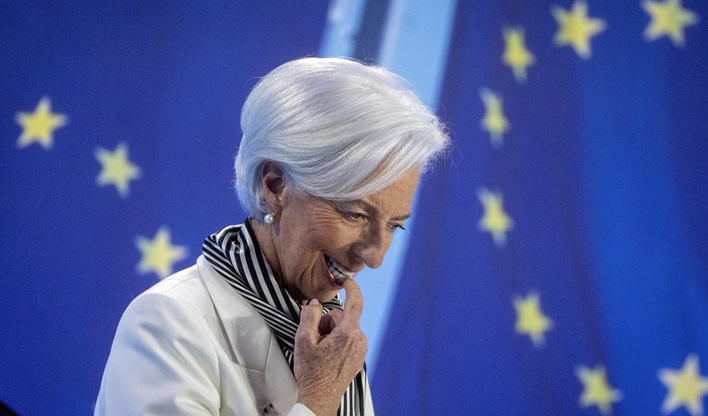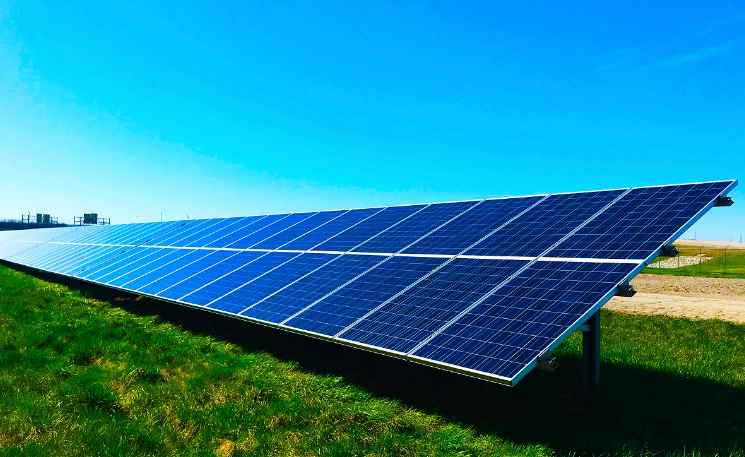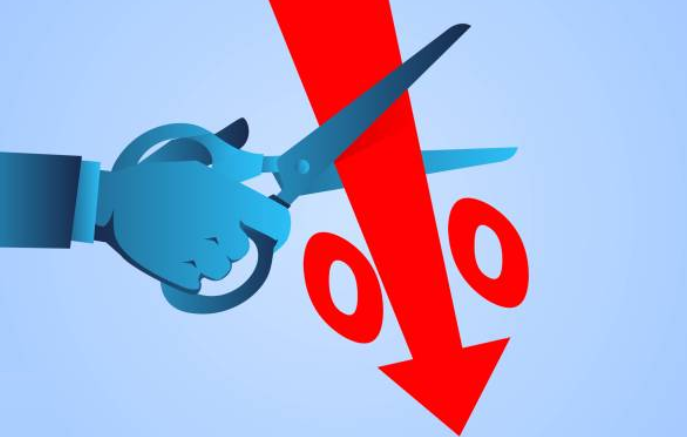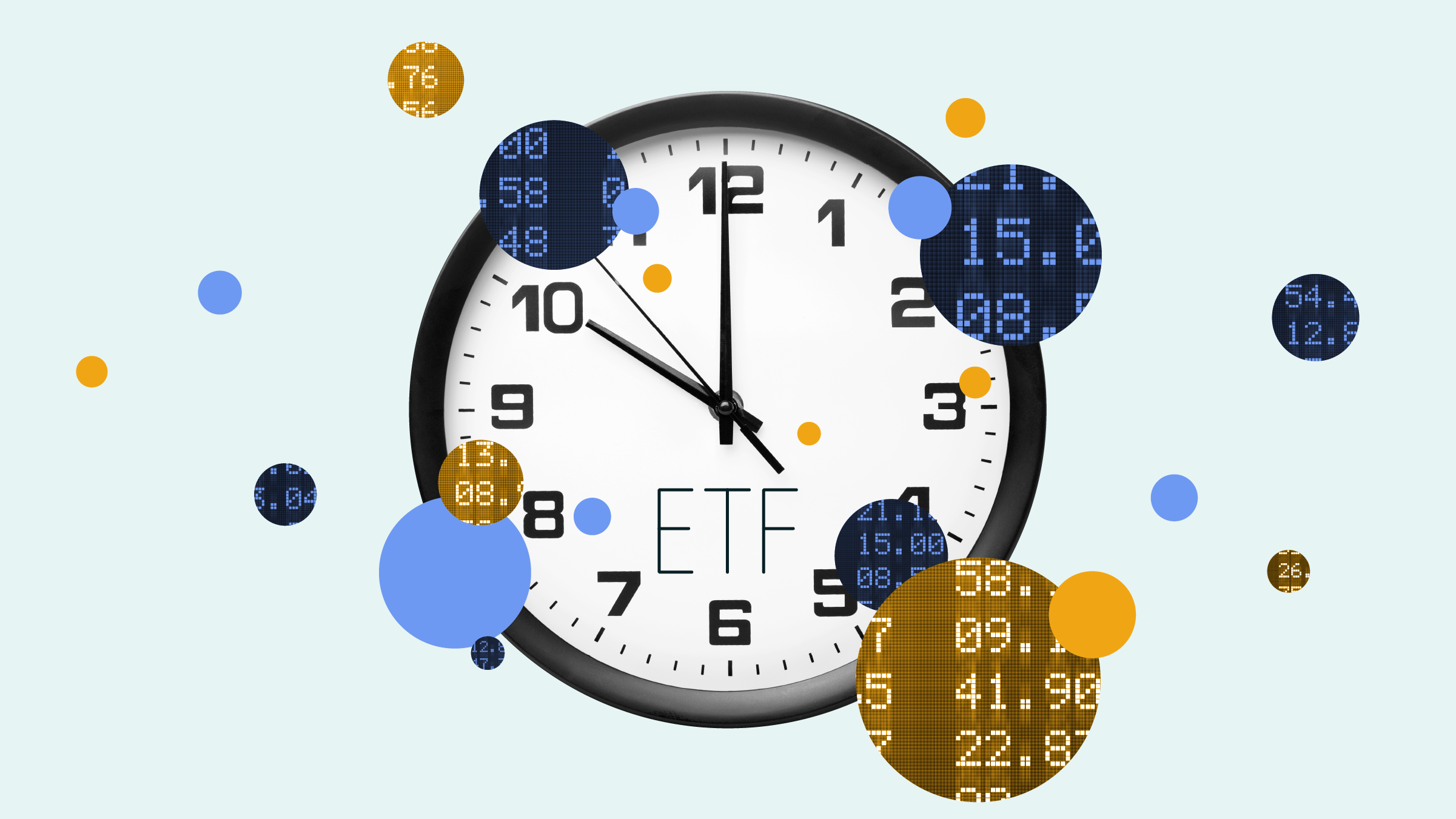Valerio Baselli: Hello, and welcome to Morningstar. In 2023, the wind has changed for fixed income investments. We saw an important surge in bond yields. Now they have retreated a little bit, but overall, the current environment for bond investors continues to be very favorable. To talk about what lies ahead within the bond space, especially concerning sustainable bonds, today I'm joined by Rikkert Scholten, Strategist and member of Robeco's Global Macro team.
So, Rikkert, what is your outlook for fixed income in 2024 and where do you see the best opportunities?
Rikkert Scholten: Yeah, we have a positive outlook for fixed income into the new year. The start was a bit wobbly. As you've all seen, I think that is related to the amount of rate cuts that was priced in, maybe a bit unrealistic expectations there, but ultimately we expect major central banks to turn a corner and cut rates. That will be a positive for the market. If you talk about opportunities, we see opportunities in trades that suggest a normalization of rates. So, a normalization in curves, for instance, we like curve steepeners. We also see expected return of bond yields closer to where we think rates are neutral, which is probably at least 0.5%, way lower than where we are now for the U.S. rates markets and similar numbers for the Eurozone. And internationally, we also have a positive view on certain EMs, for instance, in LatAm.
Baselli: On the other hand, a particular area that has been struggling lately is sustainable investing for several reasons, especially in the U.S., I would say. And yet, in Europe, investors' interest is still high, especially when there is a clear impact or a specific goal behind an investment, which is the case for ESG bonds, especially green bonds. What do you expect from this asset class in the near future? And what are the biggest challenges you see?
Scholten: Now, if you look at issuance, we saw that last year issuance remained more or less at a stable level as it was the year before. Indeed, the European market has remained important one for ESG-labeled bonds, with roughly 40% of new issuance coming out of this market. Still, also, U.S. dollar denominated issuance was responsible for 25% there. Despite all the, let's day, some of the political uncertainties that there are in the U.S., or some of the pushback that there is, you still see U.S. dollar-labeled bonds with a healthy issuance number. Going into the new year, we expect a similar trend there, where, for instance, we expect more issuance from the EU, which has been lagging a bit recently.
If you look at returns for ESG-labeled bonds, I think they will be roughly similar to, let's say, non-ESG comparables. We have looked more intensely at the greenium, so the premium of green bonds versus regular bonds recently, and actually saw that that premium is pretty stable over time and tends to move in quite narrow ranges. So, our positive view on fixed income in general also leads to a positive view on ESG-labeled bonds.
If you look at market segments that are struggling a bit, I think one of them is sustainability-linked bonds. There, you can question whether there is really an investor appetite there. We certainly see a strong appetite for ESG-labeled bonds in general. That has not changed. We see growing allocation towards sustainable bonds even in non-specifically sustainable portfolios. People like to allocate to that asset class. And also, we see a lot of interest in U.S. dollar-labeled bonds, despite some of the backlash that you mentioned in U.S. internally.
Baselli: Right. And well, finally, I think that greenwashing is probably the biggest issue when it comes to ESG bonds. So how can investors avoid greenwashing in your view?
Scholten: Yeah, it requires a bit of work. It requires the effort to really go into that specific issuance, to go into a specific bond, look at the allocation of proceeds, look at the details there, but also to look more carefully at the issuer. We have a selection process for the green bonds in which we invest. And I think the most important step in that selection process is to check whether the ESG strategy of that issuer is actually fair. If we have question marks around the issuer itself, then there's a big red light flashing up. So, most of these bonds we see the use of proceeds go into the right direction. Those are typically not the issuance. But if it conflicts with the broader strategy of that specific issuing entity, then we do not want to invest there.
Baselli: Absolutely. Rikkert, thank you so much for your time. For Morningstar, I'm Valerio Baselli. Thanks for watching.




















